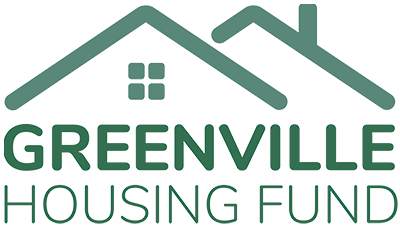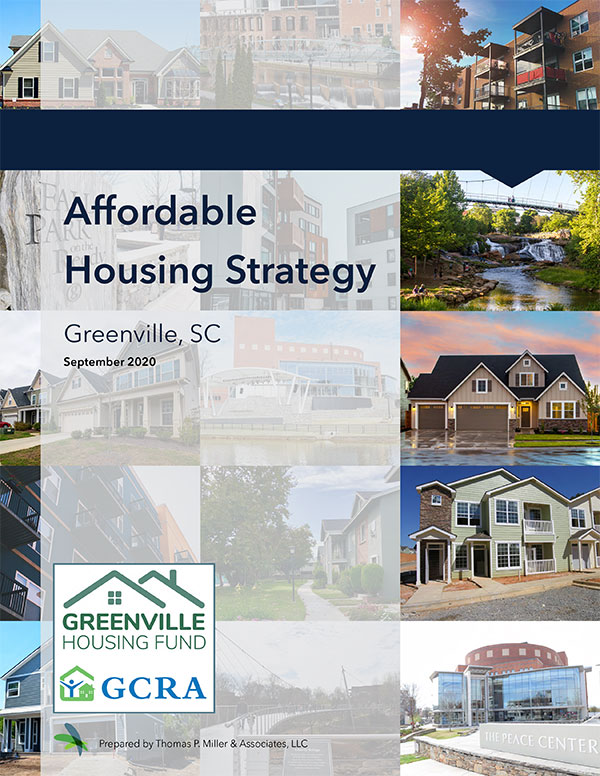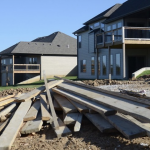It Starts with a Plan
Our Community-wide plan seeks to cut Greenville’s Affordable Housing deficit in half.
In October 2020, after months of study and community input, followed by an analysis of dozens of data points, Greenville Housing Fund and Greenville County Redevelopment Authority released a community-wide affordable housing strategic work plan.
Created in partnership with Thomas P. Miller and Associates, LLC, the plan synthesizes the primary causes of Greenville’s exploding affordable housing deficit and identifies the barriers that have prevented our community from making significant inroads. Action steps and recommendations from the report cover topics ranging from affordable housing preservation measures to new housing production, including type and location, to innovative housing finance tools, and to capacity-building within the affordable housing development infrastructure.
What We’ve Learned So Far…
There are a growing number of younger households and empty nesters, creating a greater need for one- and two-bedroom units that are not being provided by the market.
Approximately 85,000 Greenville households are at 80% AMI or below. Of this group, approximately 46,000 are housing cost-burdened (paying more than 30% of their income towards housing), and a disproportionate number are renters and households under the age of 35.
There are many constraints on housing demand including a falling number of active listings on the market, an above-average length of residency in rental units, limited for sale products in various locations, and limited for-sale products in many locations.
Steeply rising prices on single-family homes are increasing multi-family rental demand.
Multi-family rental production is inconsistent geographically, particularly along popular transit corridors and near employment clusters. Demand significantly outweighs supply.
Our strategic plan aims to preserve over 3,000 affordable homes and create over 10,000 units of affordable housing throughout the city and county over the next decade.
Dig Deeper Into Our Progress
We’ve created a public-facing tool that allows you to keep up with the progress we’re making on reducing the affordable housing deficit.










